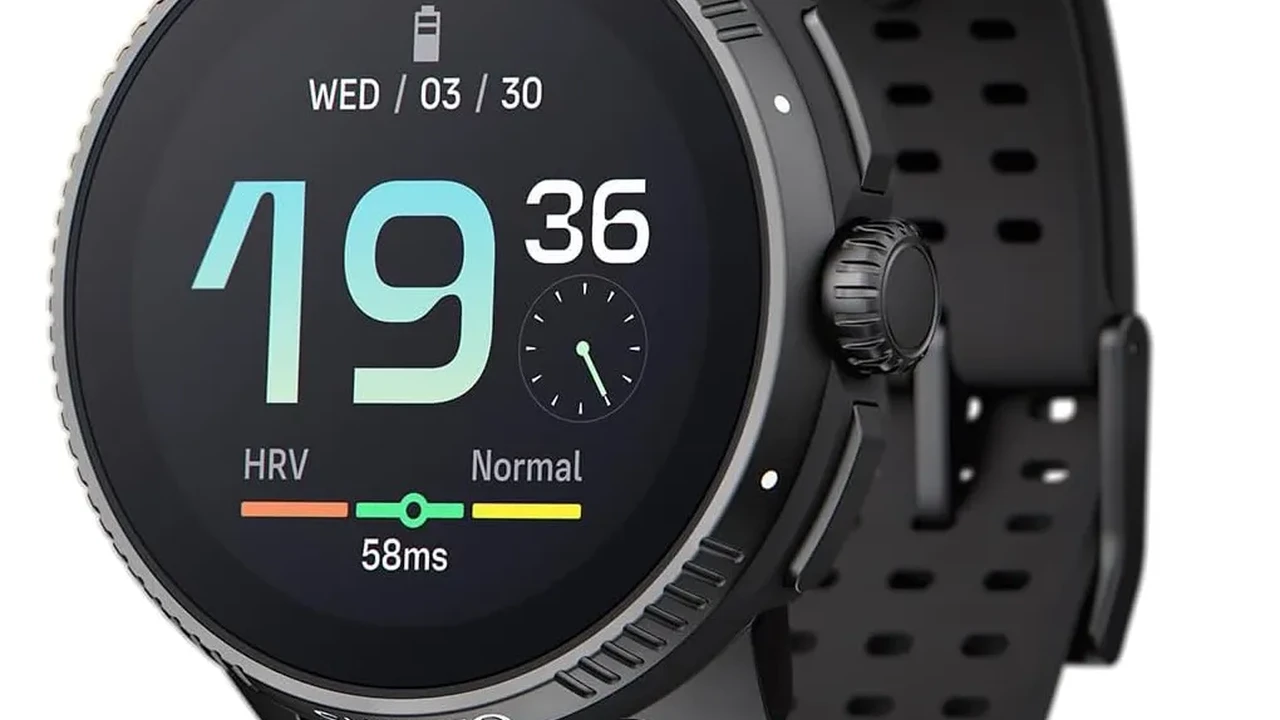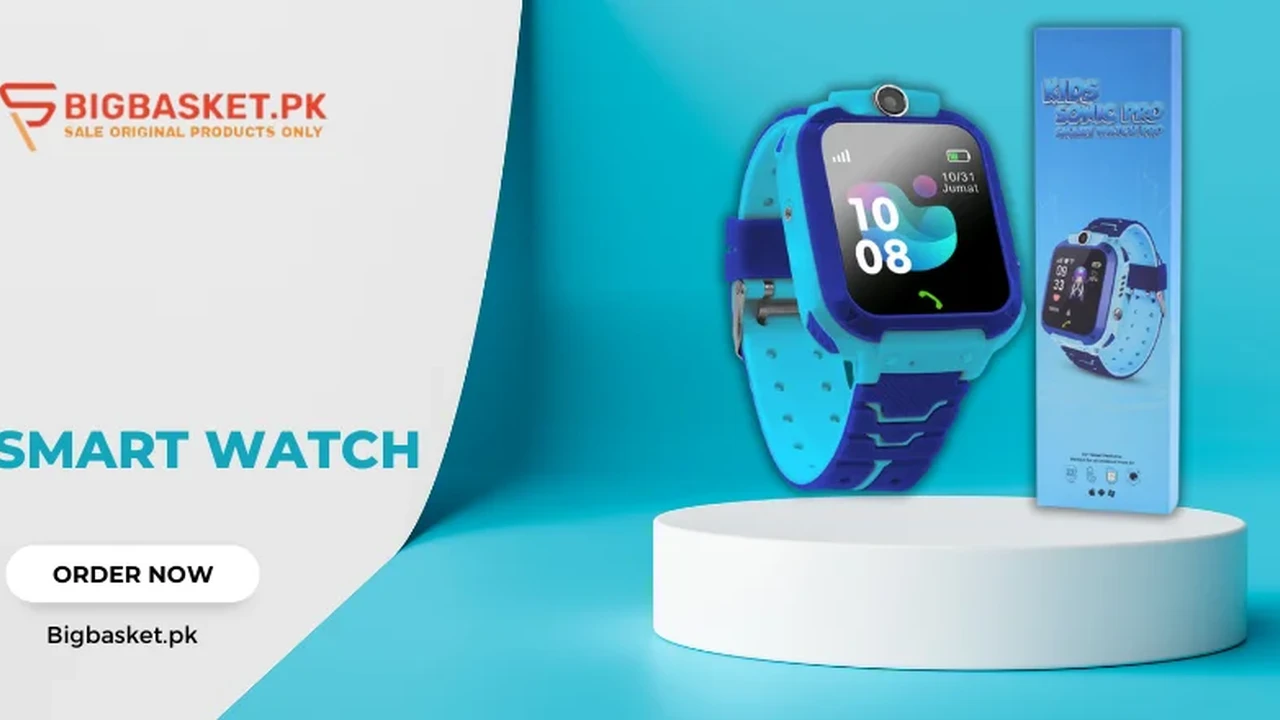Smartwatch Displays MicroLED and Beyond
{ "article": [ { "title": "Smartwatch Security Vulnerabilities and Solutions", "meta_description": "Address smartwatch security concerns. Learn about potential vulnerabilities and the solutions being developed to protect user data.", "content": "Address smartwatch security concerns. Learn about potential vulnerabilities and the solutions being developed to protect user data.\n\n

Hey there, tech enthusiasts! So, you've got this amazing little computer strapped to your wrist, right? Your smartwatch. It tracks your steps, monitors your heart rate, lets you pay for coffee, and even takes calls. Pretty cool, huh? But with all that convenience and connectivity comes a big question: how secure is it? Just like your smartphone or laptop, smartwatches can have their own set of security vulnerabilities. And since they often hold a lot of personal and sensitive data, understanding these risks and how to protect yourself is super important. Let's dive into what those vulnerabilities are and, more importantly, what solutions are out there to keep your data safe and sound.
\n\nUnderstanding Smartwatch Security Risks What Could Go Wrong
\n\nWhen we talk about smartwatch security, we're looking at a few different areas where things could potentially go sideways. Think about all the data your watch collects and transmits. It's a goldmine for anyone with malicious intent if not properly secured.
\n\nData Interception and Eavesdropping Bluetooth and Wi-Fi Vulnerabilities
\n\nMost smartwatches connect to your phone via Bluetooth, and many also use Wi-Fi for direct internet access. While these technologies are generally secure, they're not foolproof. If an attacker can intercept the data flowing between your watch and your phone, or between your watch and a Wi-Fi network, they could potentially grab sensitive information. This could be anything from your location data to your health metrics or even payment details if you're using NFC payments. Older or poorly implemented Bluetooth protocols can be particularly susceptible to eavesdropping attacks. Similarly, connecting to unsecured public Wi-Fi networks on your watch can expose your data to others on the same network.
\n\nMalware and Unauthorized Access App Permissions and Exploits
\n\nJust like phones, smartwatches run apps. And just like phone apps, smartwatch apps can sometimes have vulnerabilities or be designed maliciously. If you download an app from an untrusted source, or if a legitimate app has a security flaw, it could potentially gain unauthorized access to your watch's data or even control certain functions. Imagine an app that secretly tracks your location more precisely than you intended, or one that drains your battery by running hidden processes. Some sophisticated malware could even try to gain root access to your device, giving attackers full control.
\n\nPhysical Security and Device Theft Losing Your Smartwatch
\n\nThis one might seem obvious, but it's a big deal. Smartwatches are small, portable, and often expensive. If your watch is lost or stolen, and it's not properly secured, anyone who finds it could potentially access your data. This is especially true if you have payment methods linked or if it's connected to your phone without a strong passcode. Think about all those notifications that pop up – emails, messages, calendar events. Without proper lock screen security, a thief could see a lot of your personal life at a glance.
\n\nPrivacy Concerns Data Collection and Sharing Practices
\n\nBeyond direct attacks, there's the broader issue of privacy. Smartwatches collect a vast amount of personal data: heart rate, sleep patterns, activity levels, GPS location, and more. Who has access to this data? How is it stored? Is it anonymized? While not a 'vulnerability' in the traditional sense, understanding the data collection and sharing policies of your smartwatch manufacturer and app developers is crucial. Sometimes, your data might be shared with third parties for research or advertising purposes, which might not align with your comfort level.
\n\nLeading Smartwatch Brands and Their Security Approaches How They Protect You
\n\nDifferent smartwatch brands approach security with varying levels of emphasis and different technological solutions. Let's look at some of the big players and how they tackle these challenges.
\n\nApple Watch Robust Ecosystem Security and Privacy Focus
\n\nApple is well-known for its strong emphasis on privacy and security across its ecosystem, and the Apple Watch is no exception. Here's how they do it:
\n- Encryption: All data on the Apple Watch is encrypted, both at rest and in transit. This means if someone gets their hands on your watch, the data isn't easily accessible without your passcode.
- Passcode and Wrist Detection: The Apple Watch requires a passcode to unlock, and with wrist detection enabled, it automatically locks when removed from your wrist. This is a simple yet effective physical security measure.
- Secure Enclave: Similar to iPhones, Apple Watches use a Secure Enclave to protect sensitive data like payment information (for Apple Pay) and biometric data. This hardware-based security ensures that even if the main processor is compromised, this critical data remains isolated and protected.
- App Store Vetting: Apple's strict App Store review process helps filter out malicious or poorly coded apps, reducing the risk of malware.
- Health Data Privacy: Apple has a strong policy on health data, ensuring it's encrypted and, by default, not shared with third parties without explicit user consent.
- Example Product: Apple Watch Series 9 (GPS + Cellular)
- Use Case: Ideal for users deeply integrated into the Apple ecosystem who prioritize top-tier security, seamless integration with iPhone, and advanced health monitoring. The cellular model adds an extra layer of security by allowing you to stay connected even without your phone, which can be crucial in emergencies.
- Security Features: All the above, plus robust Find My capabilities to locate a lost watch.
- Price: Starts around $499 USD for the cellular model.
Samsung Galaxy Watch Knox Security and Android Integration
\n\nSamsung's Galaxy Watch line, running on Wear OS (co-developed with Google), leverages Samsung's Knox security platform, which is also used in their smartphones. Knox provides multi-layered security from the hardware up.
\n- Knox Security: This platform offers real-time kernel protection, secure boot, and hardware-backed security features to protect against tampering and unauthorized access.
- Data Encryption: Like Apple, Samsung Galaxy Watches encrypt data on the device.
- Google Play Store Vetting: While not as stringent as Apple's, Google Play Store has its own security measures to vet apps, though some third-party app stores might pose higher risks.
- Find My Mobile: Samsung offers a 'Find My Mobile' service that can help locate, lock, or wipe a lost Galaxy Watch.
- Example Product: Samsung Galaxy Watch 6 Classic (LTE)
- Use Case: Best for Android users who want a premium smartwatch experience with strong security features, excellent health tracking, and a classic design. The LTE version offers independence from your phone.
- Security Features: Knox security, remote wipe, and robust data encryption.
- Price: Starts around $399 USD for the LTE model.
Garmin Smartwatches Focus on Data Integrity for Fitness
\n\nGarmin smartwatches are primarily known for their robust fitness and outdoor tracking capabilities. While they might not have the same broad 'ecosystem' security as Apple or Samsung, they focus heavily on the integrity and privacy of your fitness data.
\n- Data Encryption: Garmin devices encrypt data, especially when syncing with Garmin Connect.
- Limited App Ecosystem: Compared to Wear OS or watchOS, Garmin's Connect IQ app store is more curated, which can inherently reduce the attack surface from third-party apps.
- Focus on Health Data Privacy: Garmin emphasizes that your health data is yours and is not sold to third parties.
- Example Product: Garmin Fenix 7 Pro Solar
- Use Case: For serious athletes and outdoor adventurers who need extremely reliable GPS, long battery life, and accurate health metrics. Security here is more about data integrity and privacy of your activity logs.
- Security Features: Data encryption during sync, limited third-party app exposure.
- Price: Around $899 USD.
Practical Solutions and Best Practices for Smartwatch Security Keeping Your Data Safe
\n\nAlright, so we know the risks and how some brands are tackling them. But what can YOU do to make sure your smartwatch and your data stay secure? A lot, actually!
\n\nEnable Passcodes and Wrist Detection Your First Line of Defense
\n\nThis is probably the easiest and most effective step. Always set a strong passcode on your smartwatch. And if your watch has wrist detection, enable it! This ensures that your watch automatically locks when it's not on your wrist, preventing unauthorized access if it's lost or stolen. It's like locking your phone – you wouldn't leave that unlocked, would you?
\n\nKeep Software Updated Patching Vulnerabilities
\n\nSoftware updates aren't just about new features; they're crucial for security. Manufacturers regularly release updates that patch newly discovered vulnerabilities and improve overall system security. Always install these updates as soon as they're available. It's like getting a vaccine for your watch against digital threats.
\n\nBe Mindful of App Permissions What Are They Accessing
\n\nWhen you install a new app, pay attention to the permissions it requests. Does a simple watch face app really need access to your location or contacts? Probably not. Grant only the necessary permissions. If an app asks for something that seems excessive, think twice before installing it. Stick to official app stores where apps are generally vetted for security.
\n\nUse Strong, Unique Passwords for Linked Accounts Don't Reuse
\n\nYour smartwatch is often linked to various online accounts – your Google account, Apple ID, fitness services, etc. Make sure these accounts have strong, unique passwords and, if possible, enable two-factor authentication (2FA). If one of these accounts is compromised, it could potentially give an attacker a backdoor into your smartwatch data.
\n\nSecure Your Wi-Fi Connections Avoid Public Networks
\n\nIf your smartwatch connects directly to Wi-Fi, be cautious about public, unsecured networks. These are often hotspots for data interception. Stick to trusted, password-protected networks. If you absolutely must use public Wi-Fi, consider using a VPN on your phone that extends its protection to connected devices if possible, or limit sensitive activities.
\n\nRegularly Review Privacy Settings Who Sees Your Data
\n\nTake some time to go through the privacy settings on your smartwatch and its companion app. Understand what data is being collected, how it's being used, and with whom it might be shared. You often have control over what data is synced to cloud services or shared with third-party apps. Be proactive about managing your digital footprint.
\n\nUtilize Remote Wipe Features In Case of Loss or Theft
\n\nMost modern smartwatches offer a remote wipe feature through their companion app or web service (e.g., Find My for Apple, Find My Mobile for Samsung). If your watch is lost or stolen, use this feature immediately to erase all personal data from the device. This prevents anyone from accessing your information, even if they bypass the passcode.
\n\nConsider a VPN for Your Phone If Your Watch Connects
\n\nWhile smartwatches don't typically run VPNs directly, if your watch primarily connects to the internet through your phone, using a VPN on your phone can add an extra layer of security for all connected devices, including your smartwatch. This encrypts your internet traffic, making it much harder for snoopers to intercept your data.
\n\nBe Wary of Phishing Attempts and Suspicious Links
\n\nJust like on your phone or computer, you might receive notifications or messages on your smartwatch that are phishing attempts. Be cautious of clicking suspicious links or providing personal information in response to unsolicited messages. If something looks fishy, it probably is.
\n\nThe Future of Smartwatch Security What's Next
\n\nAs smartwatches become even more integrated into our lives, especially with advanced health monitoring and potential medical applications, security will only become more critical. We can expect to see:
\n- Enhanced Biometric Authentication: Beyond wrist detection, perhaps more sophisticated biometric methods directly on the watch.
- Hardware-Level Security Improvements: Even more robust secure enclaves and dedicated security chips.
- AI-Powered Threat Detection: Smartwatches using on-device AI to detect unusual activity or potential malware in real-time.
- Decentralized Data Storage: More emphasis on keeping sensitive health data on the device or in highly secure, user-controlled cloud environments.
- Standardized Security Protocols: Industry-wide standards for smartwatch security to ensure a baseline level of protection across all devices.
So, there you have it! Your smartwatch is an incredible piece of tech, but like any connected device, it needs your attention when it comes to security. By understanding the potential risks and taking these practical steps, you can enjoy all the amazing features your smartwatch offers with peace of mind, knowing your personal data is well-protected. Stay safe out there!
" } ] }:max_bytes(150000):strip_icc()/277019-baked-pork-chops-with-cream-of-mushroom-soup-DDMFS-beauty-4x3-BG-7505-5762b731cf30447d9cbbbbbf387beafa.jpg)






